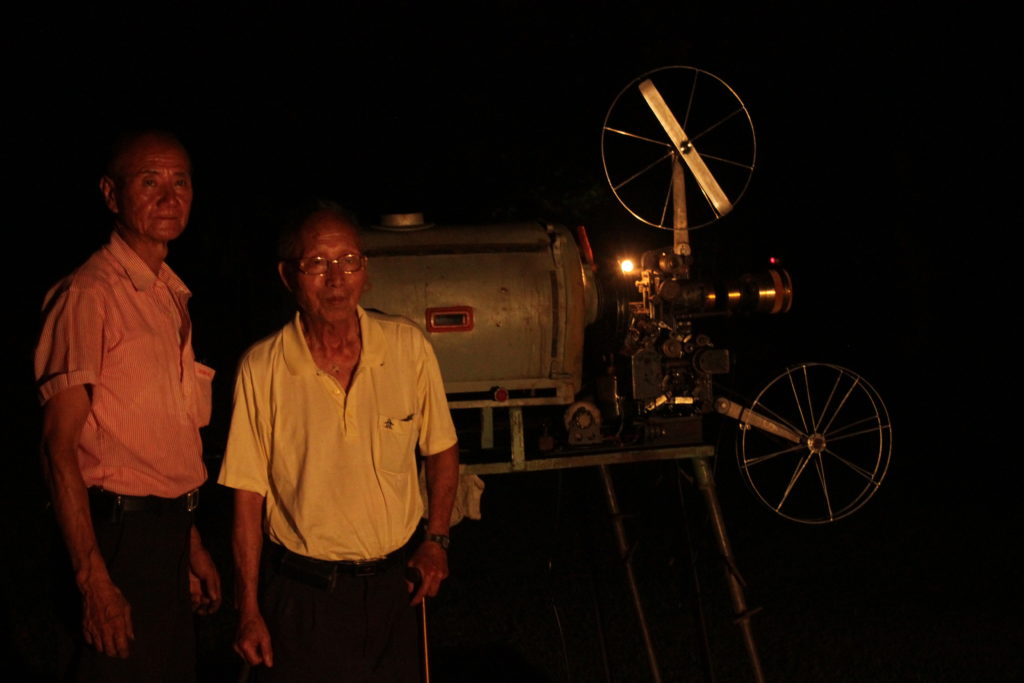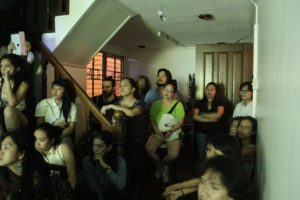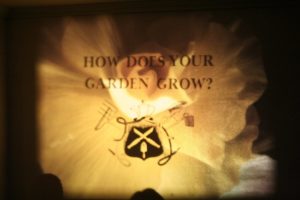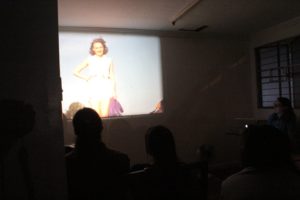Workshop of Termite Art: Towards a History of the Essay film
[蟻蛀藝術:朝向一種隨筆電影的歷史] 工作坊
14-15 June 2016, Kuandu Museum of Fine Arts, Taipei National University of Arts & Taipei National University of the Arts
The two day workshop ‘Termite Art: Towards a History of the Essay film’ will approach at the essay film as a critical category that draws on different languages and disciplines from cinema, visual arts and curatorial practice. The term “Termite Art,” taken from the critic Manny Faber, is used here to argue for the importance of the essay film as the critical meeting place between cinema and contemporary art. French filmmaker Jean-Pierre Goran proposed the term for the essay film in the retrospective The Way of the Termite. The Essay in Cinema 1909-2004 he organised for Vienna Film Museum. Faber defines ‘Termite Art’ as follows: “The most inclusive description of the art is that, termite-like, it feels its way through walls of particularization with no sign that the artist has any object in mind other than eating away the immediate boundaries of his art, and turning these boundaries into conditions of the next achievement.”
The workshop aims to propose a distinct approach of the essay film as a critical practice that devours and cannibalises other art forms, blurring the boundary between visual art and cinema, between documentary, experimental film, artists cinema, etc to create a distant critical art that eats away at fixed histories and definitions. The workshop will explore the meeting place between cinema and art with reference to the diverse work of Chris Marker, Camille Henrot, Luis Ospina, Kidlat Tahimik, Duncan Campbell, Hito Steyerl, Trinh T Minh Ha, Raul Ruiz, Morgan Fisher and others. With this in mind I’ll present a selection of screenings to reflect the concept of ‘Termite Art’ , focusing on works that eat away at each other and categorizations around art and how this idea relates to contemporary artists working across media and disciplines and connects debates within curatorial and art practice from Hito Steyerl’s idea of ‘poor image’ to debates around cultural appropriation. (Text by George Clark)
Workshop led by George Clark (Artist and curator) with Austin Ming-Han Hsu (Chief editor of Film Appreciation quarterly magazine) and Hongjohn Lin (Chair of Fine Arts Department, Taipei National University of the Arts)
The workshop was presented in English with Chinese translation by Fang-Tze Hsu. The workshop was developed and delivered as while I was participating in the 2016 Kuandu Residency programme from 2016.05.20-06.17.
Session One / 第一場
Termite Art as History: Essay film and the meeting of Contemporary Art and Cinema
作為歷史的「蟻蛀藝術」
從「隨筆電影」談論當代藝術與電影的遭遇點
Session Two / 第二場
Termite Art as Practice: Images of the world in Curatorial and Artistic Practice
作為實踐的「蟻蛀藝術」:
從「隨筆電影」談論策展與藝術創作中的影像世界
【講座介紹】
本工作坊旨在探討隨筆電影作為一種批判文類,此文類來自
藉此,本工作坊將戮力探索隨筆電影在觀念上與作法上的明



















